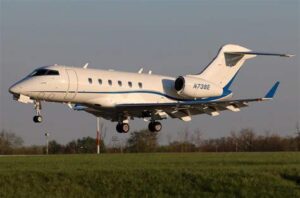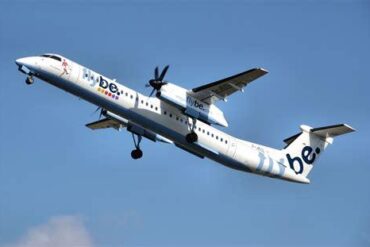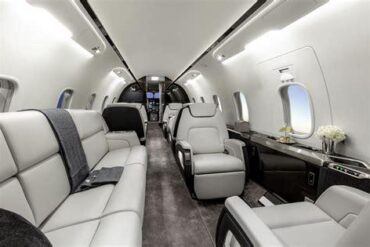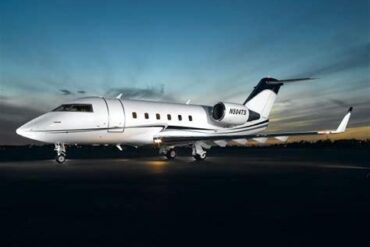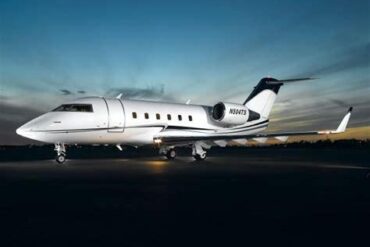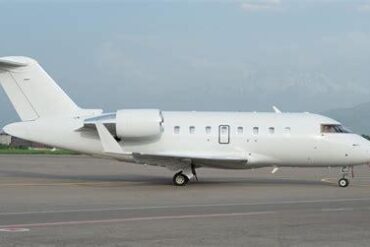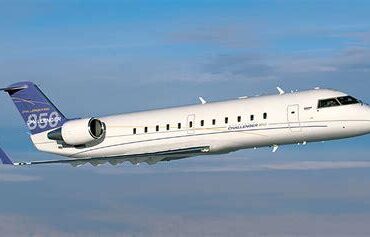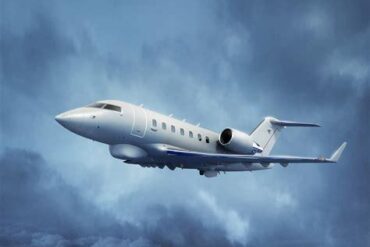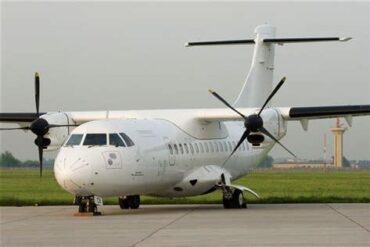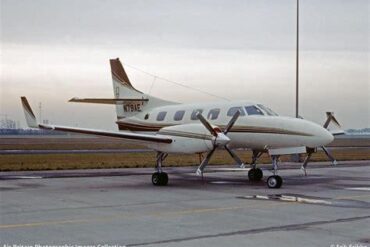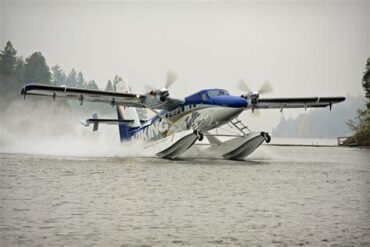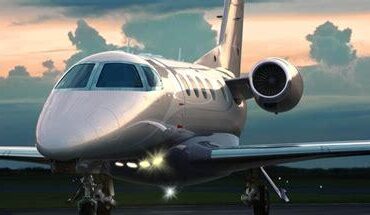The Bombardier Challenger 300 stands as a paragon of excellence in the world of business aviation. This mid-size jet has gained widespread recognition for its impressive performance, spacious cabin, and exceptional value proposition. Understanding the price and operating costs associated with the Challenger 300 is crucial for potential buyers and operators. In this comprehensive article, we delve into the various aspects that influence the costs of owning and operating this remarkable aircraft.
Overview of the Bombardier Challenger 300
Launched in 2003, the Challenger 300 quickly became a favorite among business travelers and corporate flight departments. With a maximum range of approximately 3,065 nautical miles, it can connect city pairs like New York to London or Los Angeles to Hawaii without the need for refueling. The aircraft boasts a cruising speed of Mach 0.80, enabling quick trips between destinations while providing unparalleled comfort and style.
Key Specifications
-
Passenger Capacity: Up to 9 passengers
-
Maximum Takeoff Weight (MTOW): 38,600 lbs (17,500 kg)
-
Cabin Height: 6 feet (1.83 m)
-
Cabin Width: 7 feet (2.13 m)
-
Cabin Length: 25.2 feet (7.67 m)
-
Baggage Capacity: 1,000 lbs (454 kg)
Acquisition Costs
When considering the purchase of a Challenger 300, potential buyers must evaluate both the initial acquisition cost and the overall financial commitment involved in ownership.
Initial Purchase Price
As of 2023, the market price for a used Challenger 300 typically ranges from $8 million to $12 million, depending on factors such as age, condition, and installed equipment. New models, although less common due to limited production, can command prices upwards of $15 million. Buyers should consult with aviation brokers and assess market trends to determine the best value based on their specific needs.
Financing Options
Financing the purchase of a Challenger 300 can significantly impact overall costs. Various options are available, including traditional bank loans, leases, and specialized aviation financing. Potential owners should assess their financial situation and consult with financial advisors to select the most suitable financing structure.
Operating Costs
Owning a Challenger 300 involves ongoing expenses that vary based on flight hours, maintenance needs, and operational practices. Understanding these costs is vital for budgeting and financial planning.
Fixed vs. Variable Costs
Operating costs can be categorized into fixed and variable costs. Fixed costs include items such as hangar fees, insurance, and crew salaries, while variable costs encompass fuel, maintenance, and landing fees. A comprehensive understanding of these categories enables owners to manage their budgets effectively.
Fuel Costs
Fuel is one of the most significant variable costs associated with operating a Challenger 300. The aircraft burns approximately 200 gallons per hour (GPH) of Jet A fuel. With current fuel prices averaging around $5.00 per gallon, operators can expect to pay about $1,000 per hour in fuel costs alone. Flight planning, including optimizing routes and altitudes, can help mitigate fuel expenses.
Maintenance Costs
Maintenance is another critical component of operating costs. Annual maintenance for a Challenger 300 can range from $150,000 to $250,000, depending on flight hours and the extent of necessary inspections and repairs. Scheduled maintenance events typically include:
-
A Inspection: Every 12 months, costing around $20,000
-
B Inspection: Every 24 months, costing approximately $40,000
-
C Inspection: Every 48 months, costing around $150,000
Unscheduled maintenance can lead to additional expenses, so it’s prudent for owners to set aside a maintenance reserve fund to cover unexpected repairs.
Crew Costs
Employing qualified flight crew is essential for safe operations. Typical annual salaries for a Challenger 300 flight crew, including a captain and first officer, can range from $200,000 to $300,000, depending on experience and location. Additionally, benefits and training costs should also be factored into the overall crew expenses.
Insurance Costs
Aircraft insurance is another essential expense. For a Challenger 300, annual insurance premiums can vary significantly based on coverage levels, pilot experience, and operational history. On average, owners can expect to pay between $25,000 and $50,000 annually for comprehensive insurance coverage.
Hangar and Storage Fees
Secure storage for the Challenger 300 is crucial for protecting the investment. Hangar fees vary widely based on location and facility quality. Owners should budget approximately $2,000 to $5,000 per month for hangar space, depending on regional market rates.
Landing and Handling Fees
Each airport has its own fee structure for landing and handling services. Owners should anticipate paying between $300 and $1,000 per landing, depending on the airport’s size and facilities. These fees can add up quickly, particularly for frequently visited destinations.
Depreciation Considerations
Understanding depreciation is vital for any aircraft owner. The Challenger 300 typically experiences an annual depreciation rate of approximately 5% to 7%. Factors affecting depreciation include market demand, aircraft condition, and advancements in technology. Owners should consider these factors when planning for future resale or trade-in opportunities.
Cost-Saving Strategies
To optimize the financial efficiency of operating a Challenger 300, owners can implement several cost-saving strategies:
-
Fuel Management: Utilizing fuel-efficient flying techniques and selecting optimal flight paths can lead to substantial savings.
-
Regular Maintenance: Keeping up with scheduled maintenance prevents costly unscheduled repairs and prolongs the aircraft’s lifespan.
-
Charter Opportunities: If the aircraft is underutilized, owners can consider chartering it out when not in use to generate additional revenue.
-
Pilot Training: Investing in regular pilot training can enhance safety and operational efficiency, reducing the risk of accidents and associated costs.
Conclusion
The Bombardier Challenger 300 offers a compelling blend of performance, comfort, and operational efficiency, making it a top choice for discerning business travelers. Understanding the price and operating costs associated with this aircraft is essential for potential owners and operators. By carefully considering acquisition costs, ongoing operational expenses, and implementing cost-saving strategies, owners can maximize the value of their investment in this exceptional mid-size jet. With proper management, the Challenger 300 can provide years of reliable service and unparalleled travel experiences.
